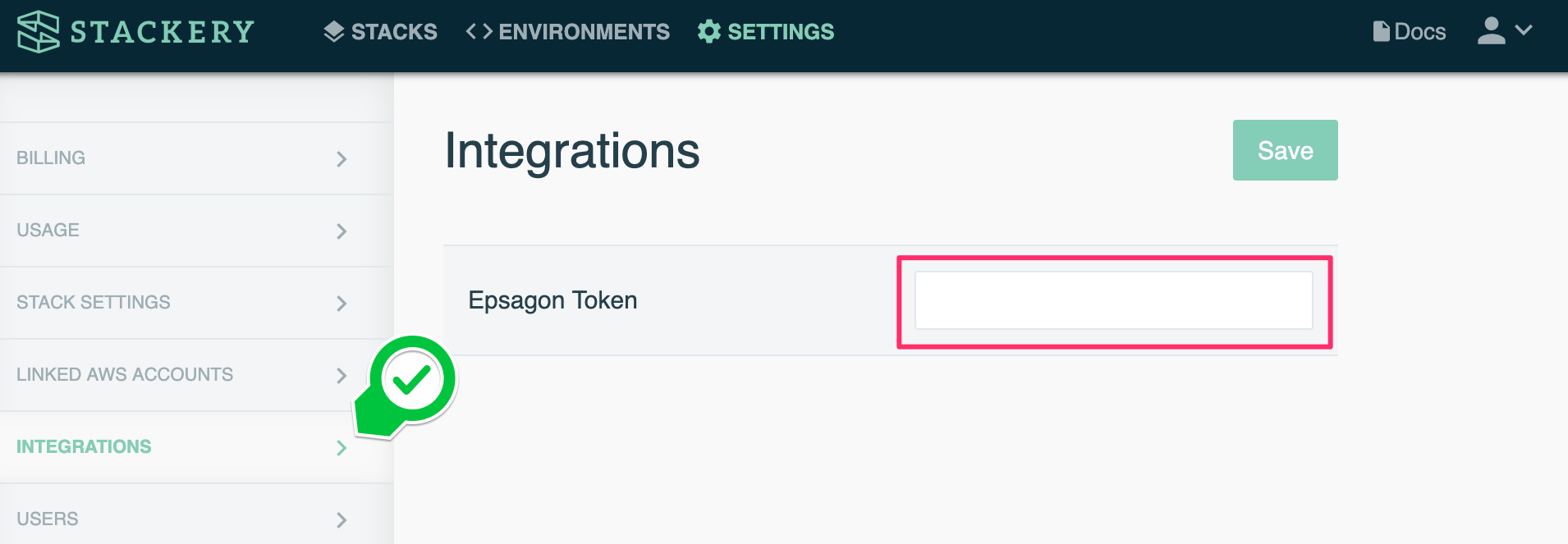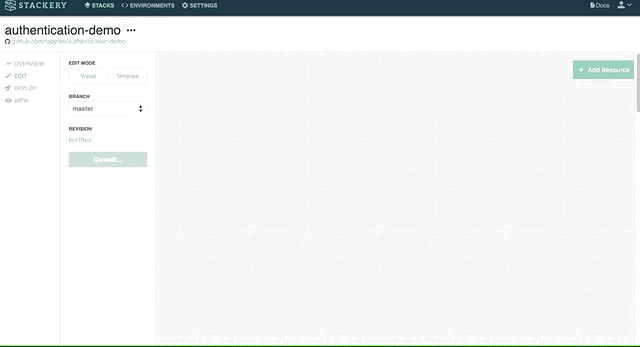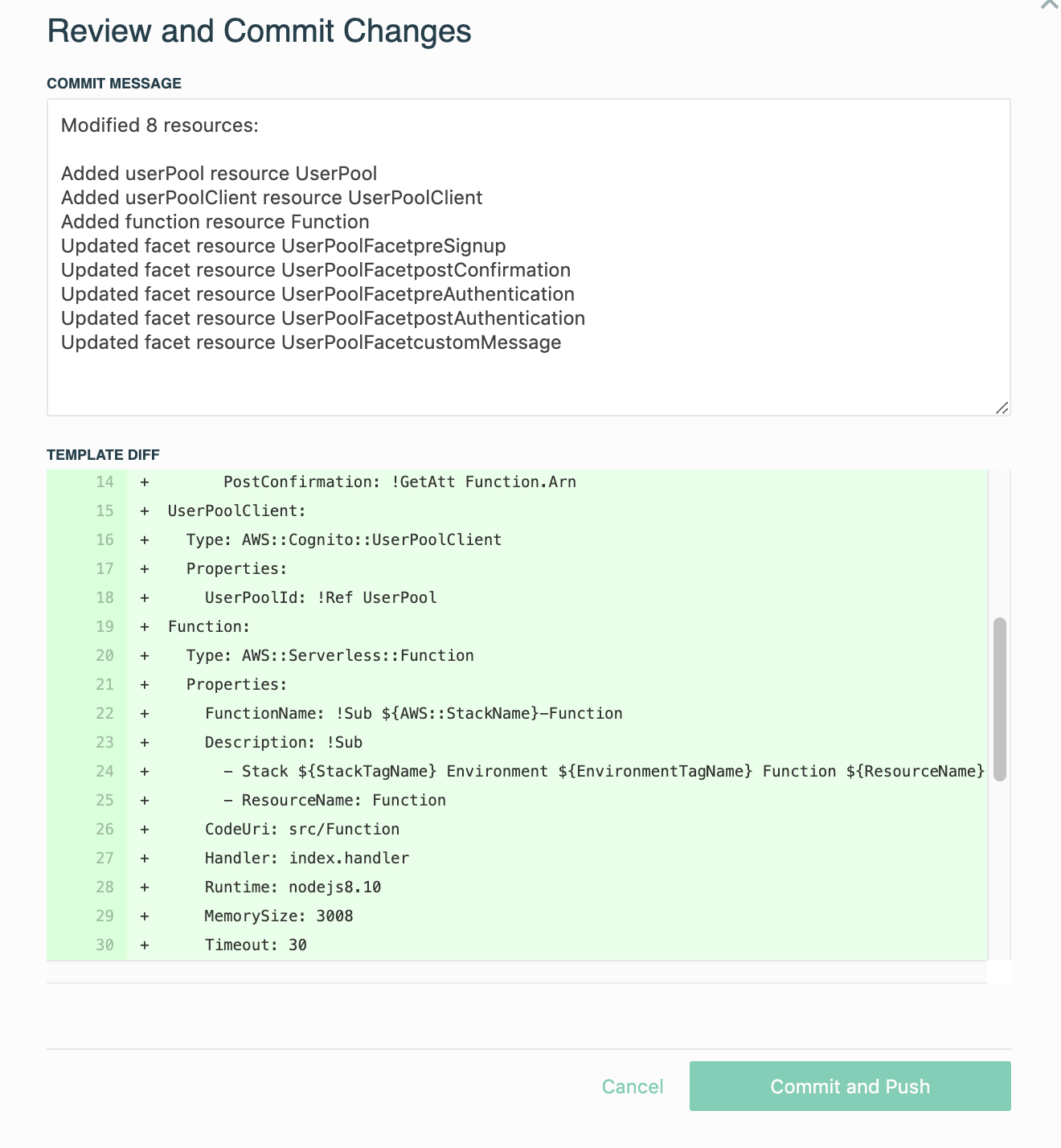Tackle Serverless Observability Challenges with the New Stackery-Epsagon Integration


Stackery is a tool to deploy complete serverless applications via Amazon Web Services (AWS). Epsagon monitors and tracks your serverless components to increase observability. Here’s how they can not only work together but improve each other.
Let’s start with a scenario: it’s late in the day on Thursday, traffic to your site is way up, and you have reports of problems. The sales and support teams say pages are failing to load, and your page monitoring is showing load times over 20 seconds!
No code was released today, but several teams merged changes over the last week, and you are seeing the highest traffic you’ve had all month.
To make matters worse, not only was code changed this week, but you’re using serverless tools, and the gal who does most of your configuration and deployment in the AWS console left on vacation yesterday. You’re not sure if she or her team changed something but you need to figure it out, stat.
What do you do?
Observability is a Problem for Serverless
For most of the normal operations-headaches like logging, storage, and replicability/expendability, serverless is a breeze. With it, a litany of things is no longer on you once you are paying a platform. But observability can be a problem, and if you’re not using any additional tooling on top of AWS, it can even be a bigger problem with serverless than with traditional virtual machines.
Stackery and Epsagon can vastly increase the observability of your applications, making it much easier to see how your apps are working (or breaking) without having to examine their internal code or add debugging. Stackery has just launched a new integration that makes it easier to add Epsagon in just a few minutes.
How Stackery Makes Epsagon Better
With Epsagon, all you have to do to get detailed performance information on your Lambdas is add a function wrapper to your Lambda code. Couldn’t get much easier than that, right? How about automatically instrumenting all your functions all at once?!

With Stackery’s new “integrations” section, just add your Epsagon token to instrument your Lambdas. After entering the key, your Lambdas will instrument at their next deployment.
One of the biggest benefits of using Stackery with Epsagon is the ability to track all changes to your serverless infrastructure as code changes (tracked by version control).

When you add a new component in Stackery’s canvas, it creates a tracked change in your application’s template file; this uses AWS’s open-source Serverless Application Model or SAM. When you’re looking at your Epsagon dashboard and seeing a problem start at an exact time, you can look at your application’s repository and see everything that changed in your stack.

Need to add a database or change a Lambda’s permissions? This will no longer be a change that happened somewhere at some time in the AWS console but a change tracked just as well as any other code commit.
How Epsagon Makes Stackery Better
Along with tracking invocations and errors, Epsagon can give you great meta-data insights about your serverless environment as a whole.

The dashboard will help you identify functions that should perhaps be cleaned up due to low traffic, and moreover, areas that need attention.
If you notice worrying patterns you can follow the link back to Stackery and see how that Lambda is connected to your other services.

From the Stackery side, you can quickly configure resources and edit your stack configuration.
Try it Yourself
If your team is serious about using serverless to build professional-grade applications, it becomes necessary to use tools on top of AWS to take care of any observability issues. Stackery and Epsagon are strong on their own in respective capacities, but when it comes to upping your serverless observability, they complement one another strongly. Now, it’s easier than ever to use both in harmony.
Want to deploy a serverless app with instrumentation in 10 minutes? To get started you’ll need to sign up with Stackery and create an Epsagon account. After that, check our documentation on using the integration.
Related posts

